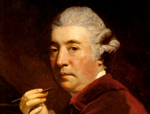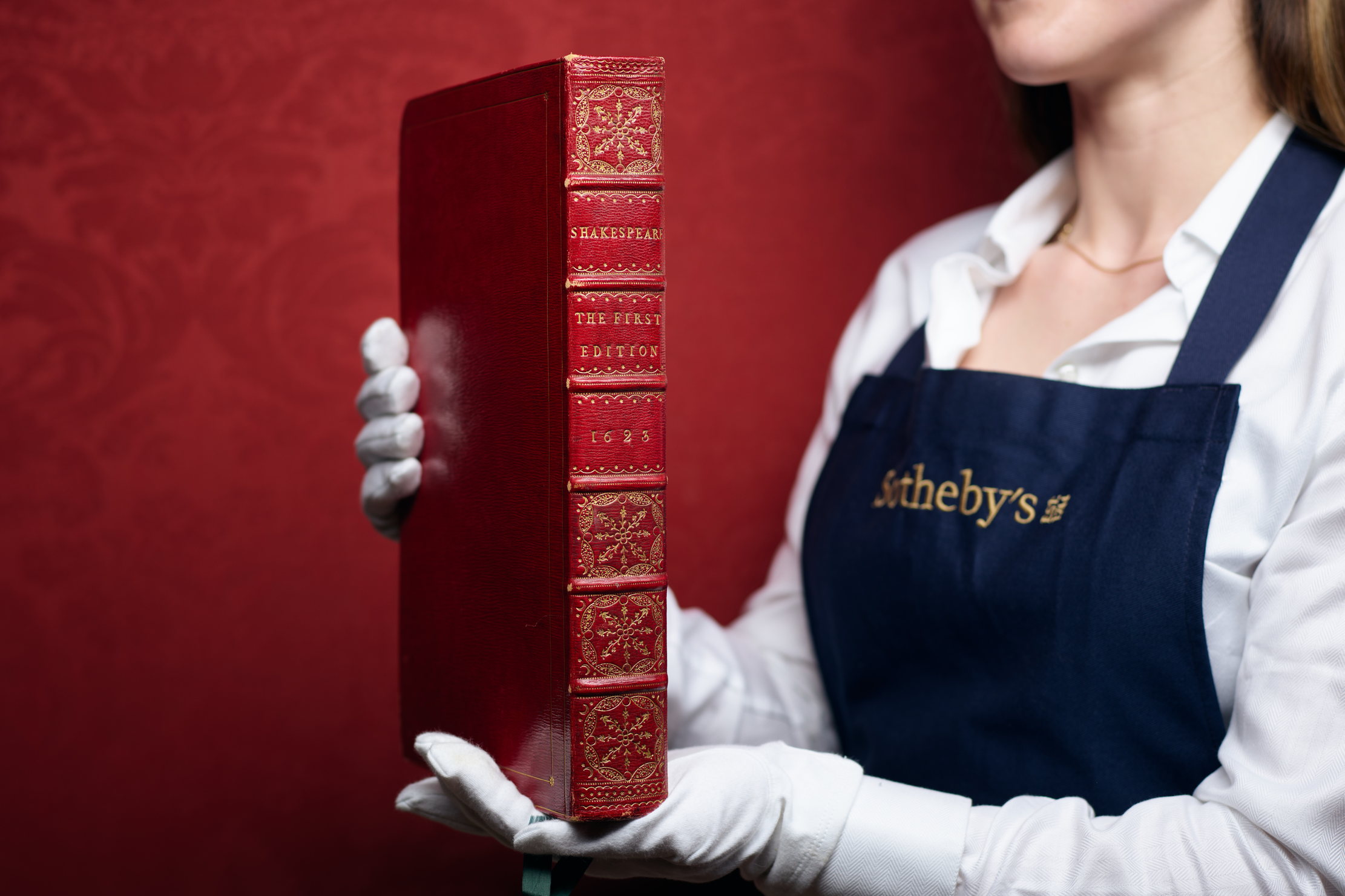Great British Architects: Sir William Chambers
A central figure of the architectural establishment in the 1800s , Sir William was architectural tutor to the young Price of Wales, the future George III


Sir William Chambers, 1722–96
The Swedish-born Chambers was one of the most accomplished neo-Classical architects of the 18th century. After training in France and Italy, he came to England in 1755, and through royal favour became a central figure in the architectural establishment. To appeal to English taste, he worked in the tradition of Palladian architecture first established by Inigo Jones in the early 17th century.
Chambers made meticulous and idiomatic use of Classical detail, but his handling of decoration and an awareness of contemporary French and Italian design lent real sophistication to his architecture. His work was also distinguished by the highest standard of craftsmanship, and the care he took of his workforce created strong reciprocal ties of loyalty. Early life William Chambers was born in Göteborg in Sweden, the son of a broker and his wife with family connections to Ripon in Yorkshire. He was sent home to England for his education, and returned to Sweden at the age of 16. There, he entered the service of the Swedish East India Company.
In the company’s employment between 1740 and 1749, Chambers made three journeys to the Far East. These trips gave him the financial means to abandon his mercantile career and make architecture his ‘sole study and profession’ in 1749. They also gave him a first-hand knowledge of Chinese buildings, an experience that set him apart from all his contemporaries.
Chambers studied architecture first in Paris, where he met many French luminaries of his generation. In 1750, he went on to Italy, and resided there for five years. Over this period, he travelled widely and met a circle of English Grand Tourists, many of whom were to be important future patrons.
Architectural practice In 1755, Chambers came to England to begin his practice. His decision was probably the result of an earlier introduction to Frederick, Prince of Wales, for whom he designed a mausoleum in 1752. English patrons were, however, initially hostile to the French neo-Classical character of Chambers’ work, and he began to study and adopt the Palladian style made fashionable by Lord Burlington and his circle.
His professional breakthrough came in 1757, when he was appointed architectural tutor to the young Prince of Wales, the future George III, and also took responsibility for the work of Princess Augusta at Kew Palace. From the same year, to bolster his reputation, Chambers began to publish works on architecture, gardening and style.
Sign up for the Country Life Newsletter
Exquisite houses, the beauty of Nature, and how to get the most from your life, straight to your inbox.
Among his most significant publications were Designs of Chinese Buildings, Furniture, Dresses, Machines and Utensils (1757), which was widely influential in Europe, and his Treatise on Civil Architecture (1759). From the moment of its publication, the Treatise became the new standard work on the Classical tradition.
In 1761, Chambers became architect to the Office of Works, a Crown appointment with a good annual salary of £300. He shared the post with his rival Robert Adam, although, through the king’s favour, he enjoyed the lion’s share of the work. Then, in 1769, he became Comptroller of the Works, a post he combined from 1782 with that of the Surveyor-General. As such, he effectively managed the royal works.
Throughout this period, he ran a successful private practice working on numerous country and London houses. He also undertook several important commissions in Ireland, such as the Casino at Marino House.
The Royal Academy
In 1768, Chambers presented the king with a proposal for establishing the RA as a formal centre for teaching and exhibiting the Arts. He was a formative influence on this new body, and, from 1775, designed a new home for it and the other learned societies in his greatest public work, the rebuilding of Somerset House. This occupied him until ill-health forced his resignation from the project in 1795, the year before his death.
Country Life is unlike any other magazine: the only glossy weekly on the newsstand and the only magazine that has been guest-edited by HRH The King not once, but twice. It is a celebration of modern rural life and all its diverse joys and pleasures — that was first published in Queen Victoria's Diamond Jubilee year. Our eclectic mixture of witty and informative content — from the most up-to-date property news and commentary and a coveted glimpse inside some of the UK's best houses and gardens, to gardening, the arts and interior design, written by experts in their field — still cannot be found in print or online, anywhere else.
-
 Spam: The tinned meaty treat that brought a taste of the ‘hot-dog life of Hollywood’ to war-weary Britain
Spam: The tinned meaty treat that brought a taste of the ‘hot-dog life of Hollywood’ to war-weary BritainCourtesy of our ‘special relationship’ with the US, Spam was a culinary phenomenon, says Mary Greene. So much so that in 1944, London’s Simpson’s, renowned for its roast beef, was offering creamed Spam casserole instead.
By Mary Greene
-
 Folio, Folio, wherefore art thou Folio? Shakespeare set to be auctioned by Sotheby's
Folio, Folio, wherefore art thou Folio? Shakespeare set to be auctioned by Sotheby'sFour Folios will be auctioned in London on May 23, with an estimate of £3.5–£4.5 million for 'the most significant publication in the history of English literature'.
By Lotte Brundle